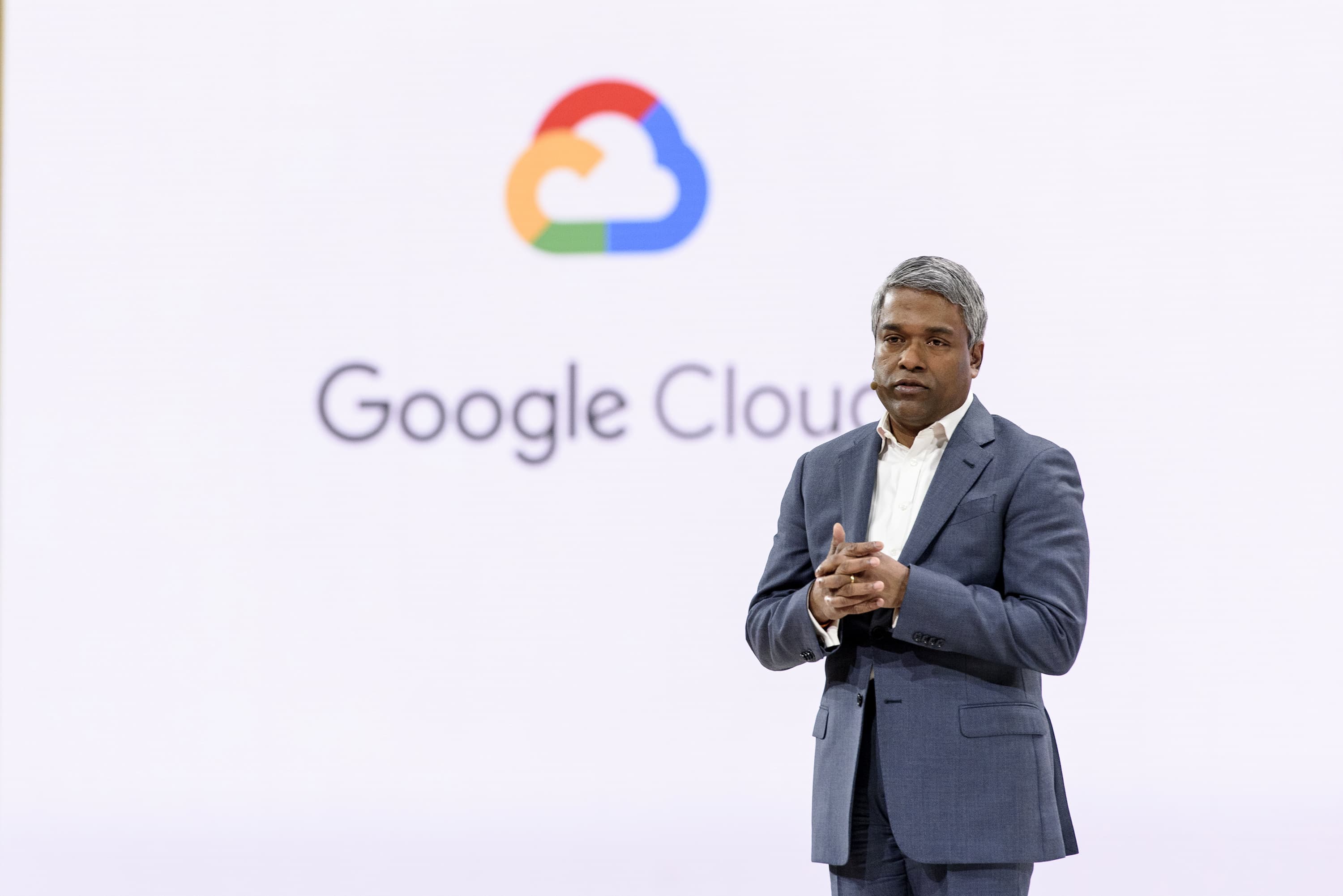Google maintains a piece of software, Cloudtop, that employees use to access internal programs. It’s the sort of thing that might be helpful for companies that want to keep their employees productive as they work from home while sheltering in place to avoid further spread of the coronavirus.
However, when Google’s cloud customers ask for a virtual desktop solution, Google refers them to third-party solutions instead, according to two people familiar with the company’s cloud business, who asked for anonymity discussing internal business matters.
Google’s approach stands in sharp contrast to market leaders Amazon and Microsoft. Both have their own virtual-desktop services, and both have seen an uptick in usage during the pandemic. For many companies navigating remote work at scale for the first time, relying on cloud providers to deal with infrastructure is easier than keeping administrators on site to manage servers — or mailing PCs to new employees.
For instance, after Zoom saw a surge in new customers during the pandemic, the video-calling software company signed up for more than 1,000 Amazon WorkSpaces virtual desktops for its help desk employees, Amazon said in November. In May, AWS said oil and gas pipeline operator TC Energy had signed up for Amazon WorkSpaces so employees could securely work from home.
For Microsoft, the boom was important enough that CEO Satya Nadella mentioned it on the company’s quarterly earnings call with analysts last April. “Usage of Windows Virtual Desktop tripled this quarter, as organizations deploy virtual desktops and apps on Azure to enable secure remote work,” Nadella said.
No plans to make Cloudtop available to customers
Google first made its Cloudtop service available to employees in 2017. It’s meant to help them build software, interact with internal systems and communicate through internet relay chat, or IRC. The service offers desktops running the Linux and Windows operating systems, which can come in handy for testing source code.
In previous years, Google has impressed the information-technology industry by taking software that it relies on for its core internet businesses and making them available for outsiders to use. It released the Cloud Bigtable and Cloud Spanner databases after describing the architecture of the underlying software in academic papers, for instance.
Google published a paper on its virtual-desktop software in 2018. Over 25% of Google employees use virtual desktops, and Google migrated the software to its public cloud from its corporate infrastructure to improve the user experience and decrease the total cost of ownership, according to the paper.
But that hasn’t translated into a product for outsiders.
A Google spokesperson said the company recognizes the increased demand for virtual desktops as people work remotely, but it does not currently plan to offer Cloudtop as a cloud service. Instead, the company prioritizes its offerings from third parties in the virtual desktop market — Telus uses a product from privately held Itopia on Google’s cloud, while Equifax relies on Citrix software on the Google cloud, for instance. Other customers use a product from privately held Workspot.
Promoting products from partners gives clients the ability to extend technologies they use in their data centers into the public cloud, and customers won’t get locked in to a proprietary service, the spokesperson said.
These products have gained momentum since the coronavirus appeared. In 2020 revenue growth from Citrix’s Workspace segment, which includes its virtual-desktop software, accelerated to about 13% year over year, compared with 5% in the prior year. It’s profitable revenue, too: Citrix reported a gross margin of nearly 85%, higher than 97% of companies in the S&P 500 index, according to FactSet.
That growth does benefit Google to some degree: The company takes a 20% cut of the fees that third parties charge customers.
But none of the third-party options is a smash hit, according to the two people familiar with the company’s cloud business.
“It was a little bit surprising that Google wasn’t more present in that market,” said Michael Silver, an analyst at technology research firm Gartner who has covered the category. “I don’t know why it wasn’t.”
WATCH: Google Cloud’s Thomas Kurian on the future of cloud computing

